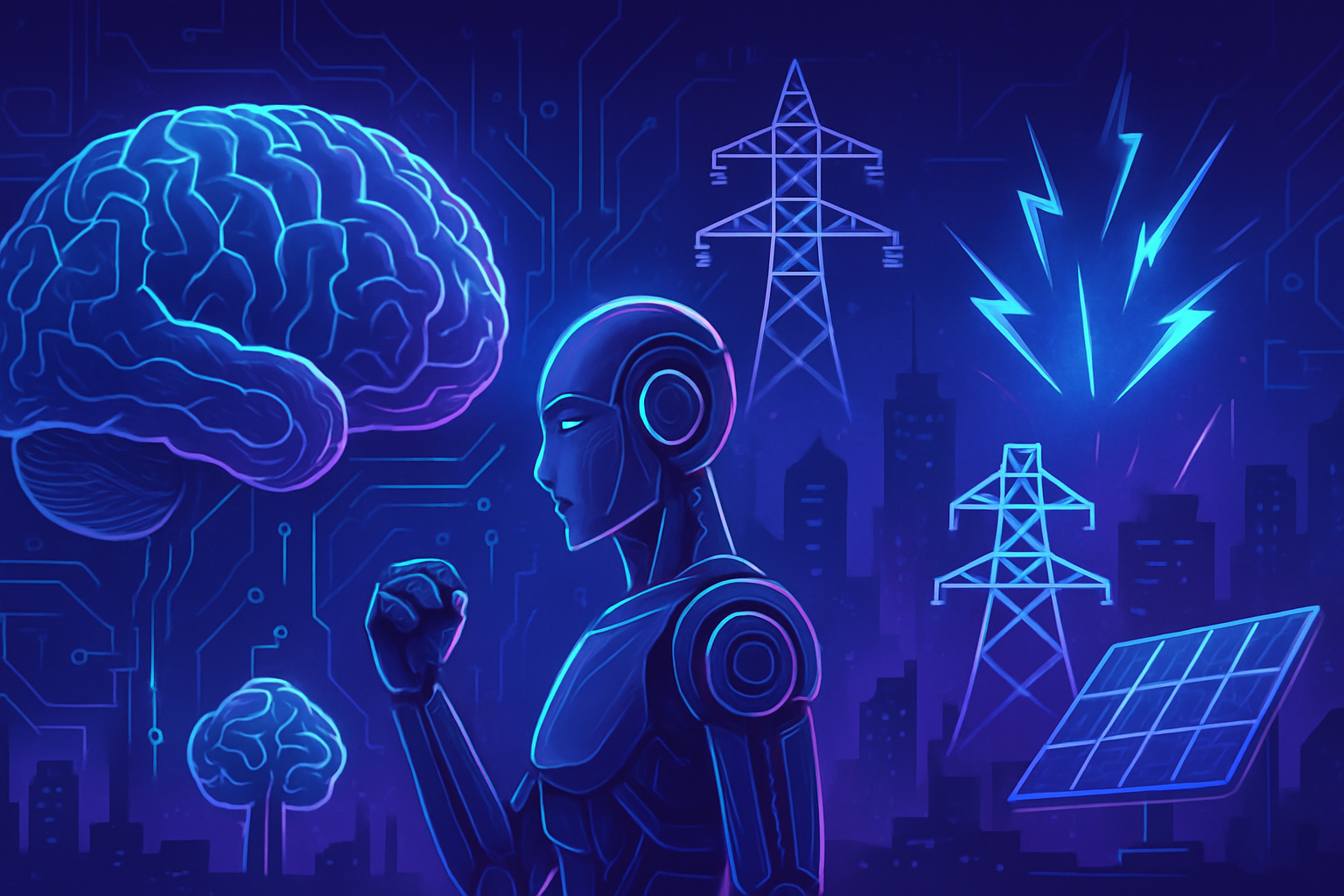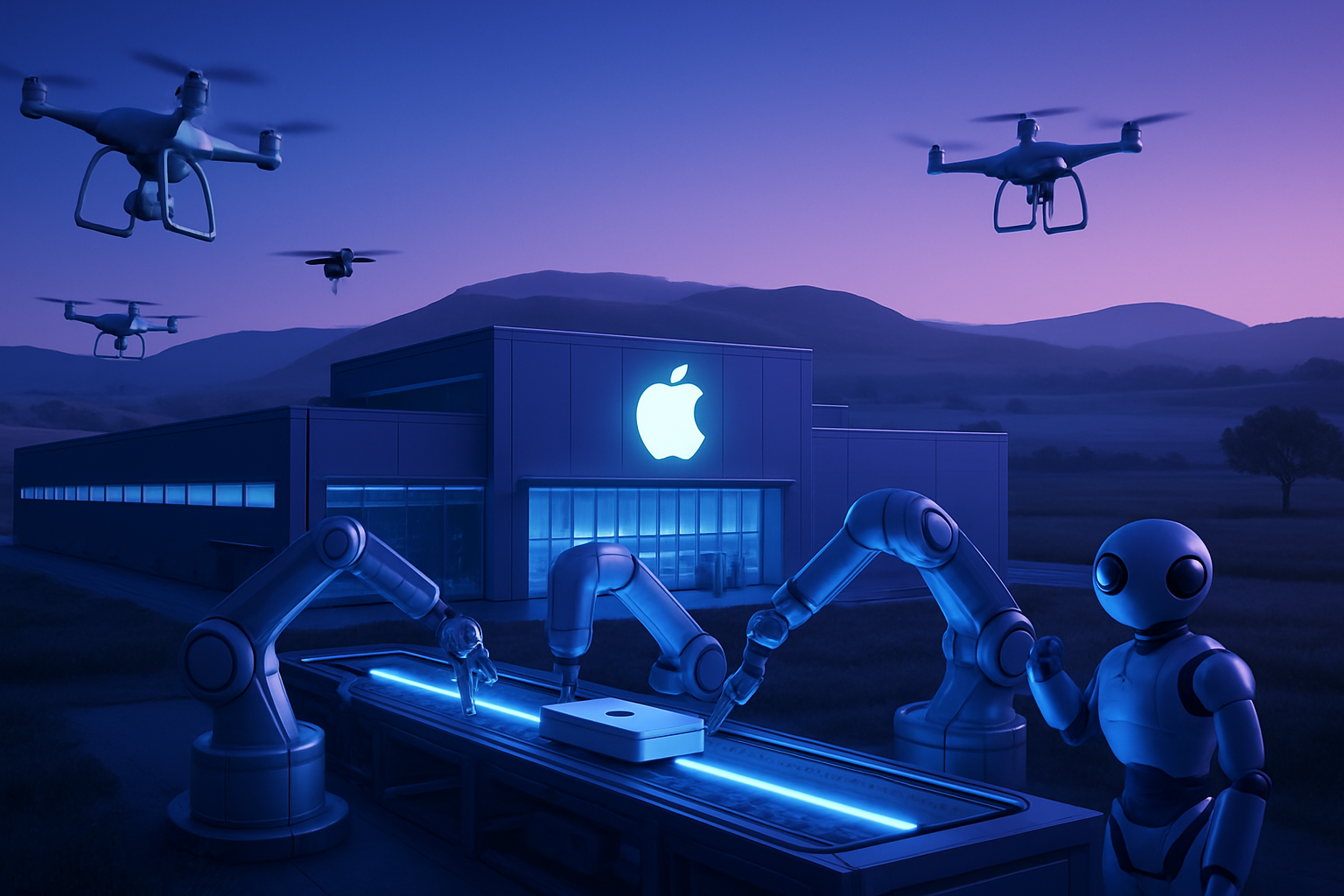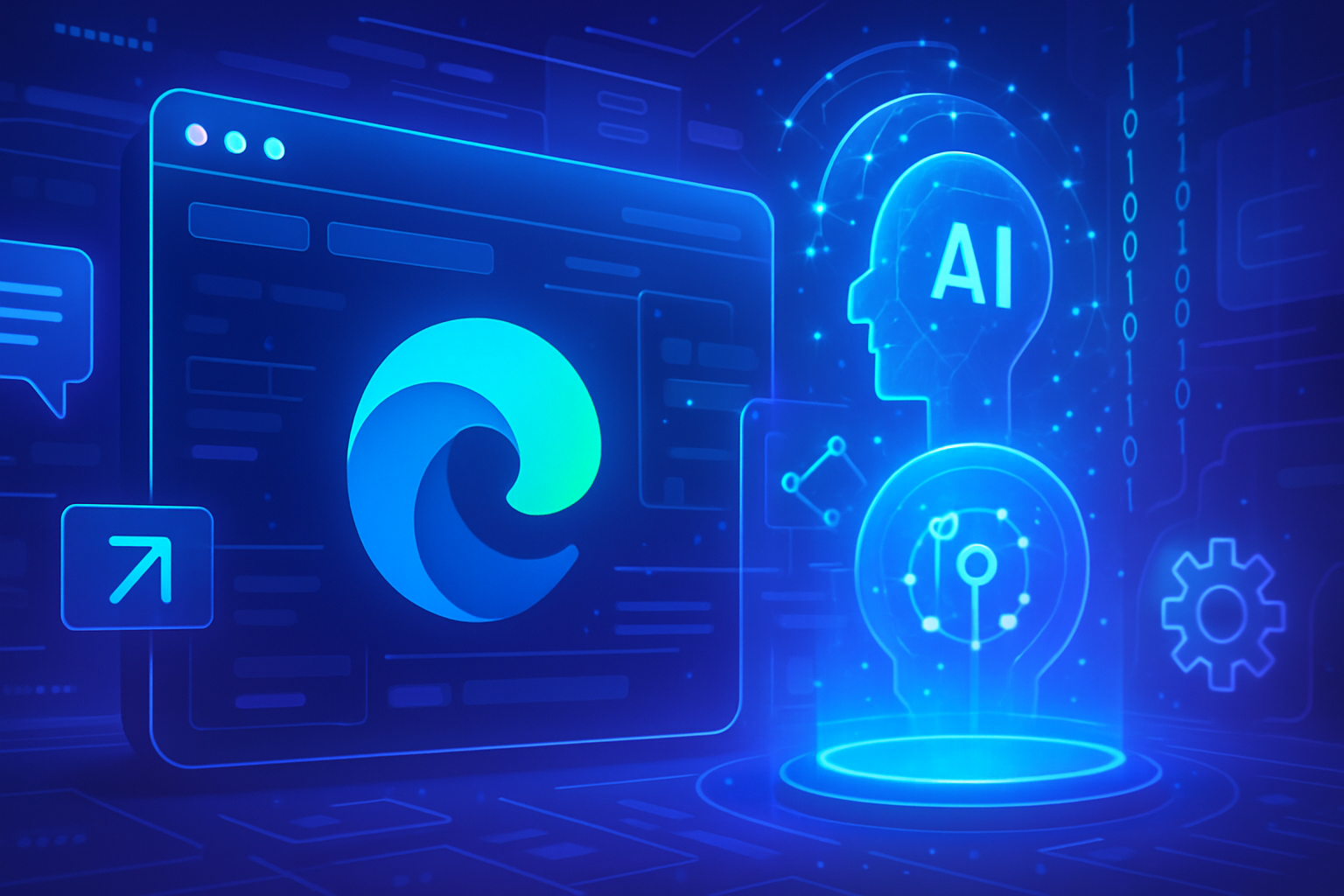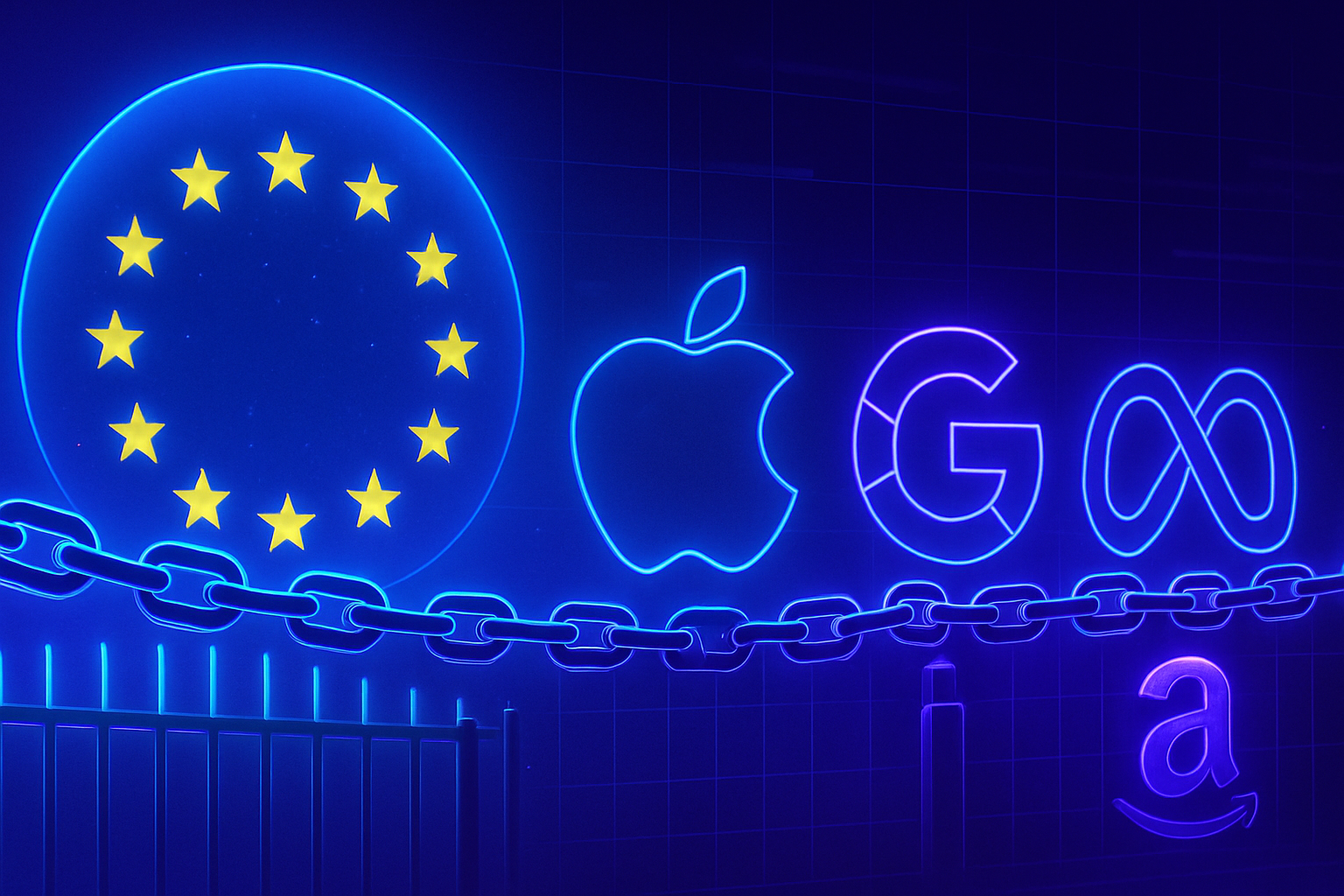The lightning-fast rise of artificial intelligence reveals a monumental paradox: how to reconcile a growing energy demand with ambitious environmental goals? AI-powered computing infrastructures threaten to overload electrical networks, thus compromising energy transition efforts. The need for an innovative approach is pressing, as solutions emerge to alleviate energy challenges.
The dilemma between AI and energy requires astute management. Experts, such as William H. Green, advocate exploring possible synergies, proposing to leverage AI capabilities to revolutionize energy systems. The quest for efficiency and sustainability is imperative. In this tumultuous context, the path towards a sustainable solution demands multisectoral collaboration, ensuring that technological advancements do not hinder global climate commitments.
The energy challenges posed by AI
The exponential growth of computing centers powered by artificial intelligence (AI) leads to an unprecedented electricity demand. This surge threatens to saturate electrical networks, hindering global climate goals. Indeed, these centers currently consume about 4 percent of the electricity in the United States, a figure that could reach 12 to 15 percent by 2030, primarily due to applications in artificial intelligence.
Energy consumption and infrastructures
Infrastructures requiring between 50 and 100 megawatts are rapidly emerging, driven by the needs of institutional research supported by programs like ChatGPT. Sam Altman, CEO of OpenAI, emphasized the vital link between the cost of AI and that of energy: “The cost of intelligence will converge with that of energy.” This statement reveals the underlying economic implications.
Opportunities and innovations in sustainable energy
Evelyn Wang, vice president of MIT, speaks of the need to harness the vast computational abilities of AI to seek solutions to climate change. Technologies developed for data centers, such as certain innovations in efficiency and cooling, could find applications well beyond these facilities.
Strategies to reduce emissions
Models were presented at a symposium on AI and energy, suggesting that AI’s optimization capabilities could lead to a significant reduction in emissions after 2030. Emre Gençer, founder of Sesame Sustainability, noted regional variations regarding clean electricity costs. The central United States, for example, benefits from significantly lower costs.
Storage and alternative resources
To achieve emission-free electricity, massive deployments of batteries are necessary, doubling to tripling costs. Gençer advocated for alternative technologies such as long-duration storage, modular reactors, or even geothermal approaches. These solutions should complement renewable energies in the face of increasing demand.
Reflection on the future of nuclear energy
The growing energy need has revived interest in nuclear energy. Kathryn Biegel of Constellation Energy specified that her company is restarting the reactor at the Three Mile Island site, now called Crane Clean Energy Center, to meet this demand. The priority of data centers shapes the energy industry.
The role of AI in the energy transition
Priya Donti, a professor at MIT, demonstrated how AI could improve electrical systems by integrating physics-based constraints into neural networks. This approach promises solutions to complex energy flow problems with exponential speed.
Reducing emissions through AI
Antonia Gawel from Google shared concrete achievements of AI in reducing carbon emissions. The routing feature of Google Maps has prevented the emission of over 2.9 million tons of greenhouse gases since its launch, equivalent to removing 650,000 cars from the roads for a year.
Energy consumption and environmental impacts
The meeting highlighted the need to reconcile the rapid deployment of AI with negative environmental impacts. A study by the World Economic Forum estimates that 80 percent of the environmental footprint comes from inference, calling for increased attention to efficiency.
Critical thinking on energy and AI
Jevons’ paradox has also been questioned. Emma Strubell from Carnegie Mellon suggested that increased efficiency often leads to greater consumption of resources. Participants advocated for thoughtful management of data center electricity, regarded as a limited resource.
Hybrid solutions to energy challenges
Innovative approaches have been proposed, combining renewable sources with existing network infrastructure. These hybrid solutions generate significant clean capacity while minimizing impacts on reliability and costs. Discussions opened the way for crucial dialogues on future energy.
Research perspectives at MIT
Green presented a new program at MIT focused on computing centers and energy in collaboration with research from the MIT Climate Project. Real-time results from a participant survey revealed that data integration issues are the primary priority, followed by accelerating the discovery of advanced materials for energy.
Ethics and social considerations
The ethical dimensions are carving a path within technological discussions. Considering fundamentally ethical AI raises crucial questions about responsibility and morality. Concerns surrounding technology control and its influence on society question our relationship to human dilemmas.
Vital links between these technological innovations and energy arise from a need for balance in the current landscape. The adaptation process of tomorrow’s technologies requires diligent vigilance in exploring their impacts on our environment and society.
FAQ: Facing the Dilemma between AI and Energy
What is the impact of the energy demand from AI data centers on electrical networks?
The energy demand from AI-powered data centers accounts for about 4% of electricity in the United States and could reach 12-15% by 2030, jeopardizing the integrity of electrical networks.
How can artificial intelligence contribute to the transition to cleaner energy?
AI can optimize energy systems, allowing for significant emission reductions after 2030 through improving energy efficiency and accelerating the development of clean technologies.
What technologies are needed to meet the exponential energy demand of AI?
To manage this consumption, technologies such as long-duration storage, small modular reactors, and hybrid approaches with renewable sources are essential in addition to batteries.
Are there innovative approaches to integrate renewable energies into existing infrastructures?
Yes, hybrid solutions that combine renewable installations with existing natural gas plants can provide clean capacity while maintaining network reliability.
What is the role of AI in optimizing electrical networks?
AI can significantly improve the optimization of electrical networks by incorporating physics-based constraints into network models, thus solving energy flow problems more quickly than traditional methods.
What are the implications of Jevons’ Paradox in the context of AI and energy?
Jevons’ Paradox suggests that efficiency gains can, paradoxically, increase overall resource consumption, implying that careful management of electricity in data centers is crucial.
Why is the energy demand from AI infrastructures a concern for achieving climate goals?
The high energy consumption of AI infrastructures could compromise goals for reducing greenhouse gas emissions, making optimization and transitioning to renewable energy sources essential.
How can balance be assured between the rapid deployment of AI and its environmental impacts?
It is crucial to implement energy efficiency practices across all AI applications and to consider total energy consumption as a limited resource requiring thoughtful allocation.






